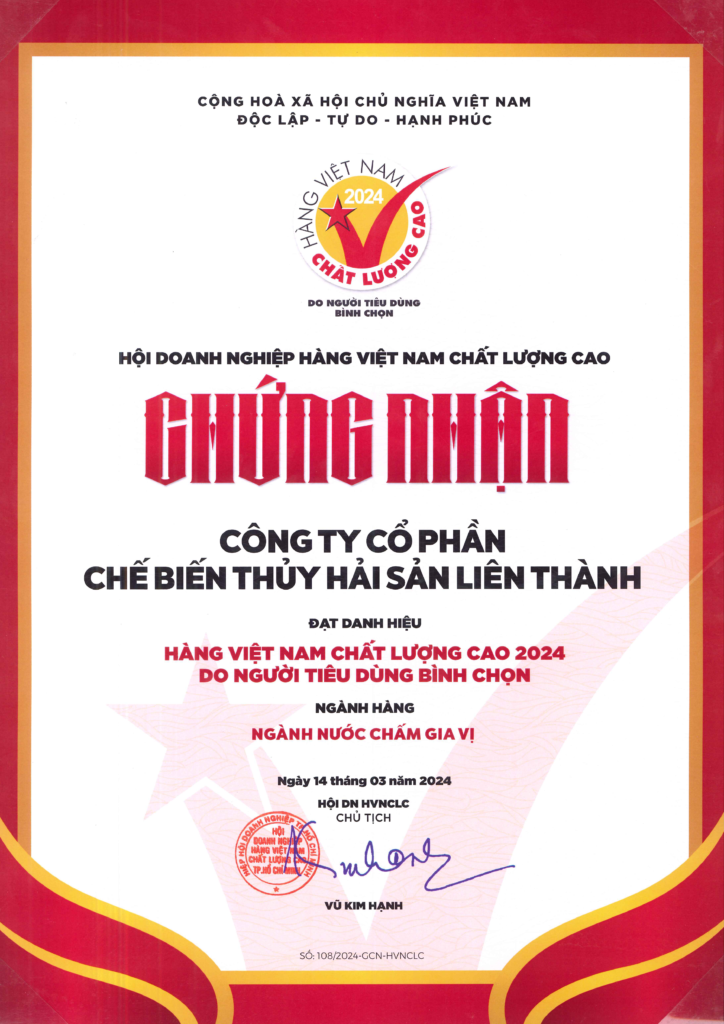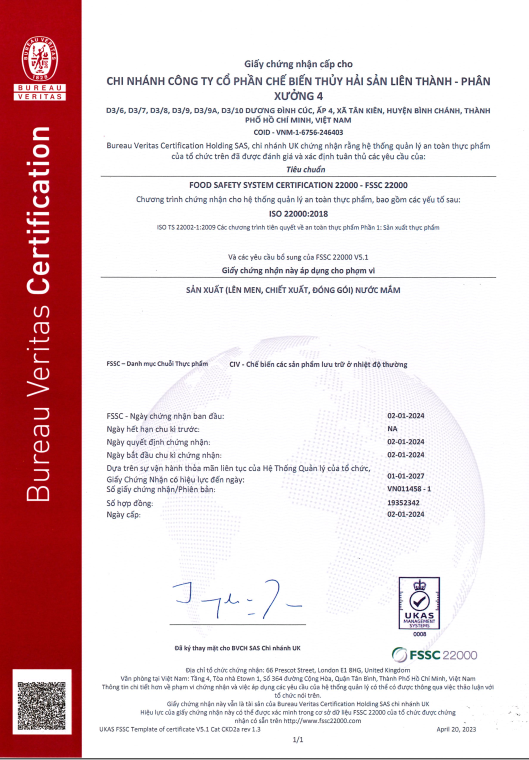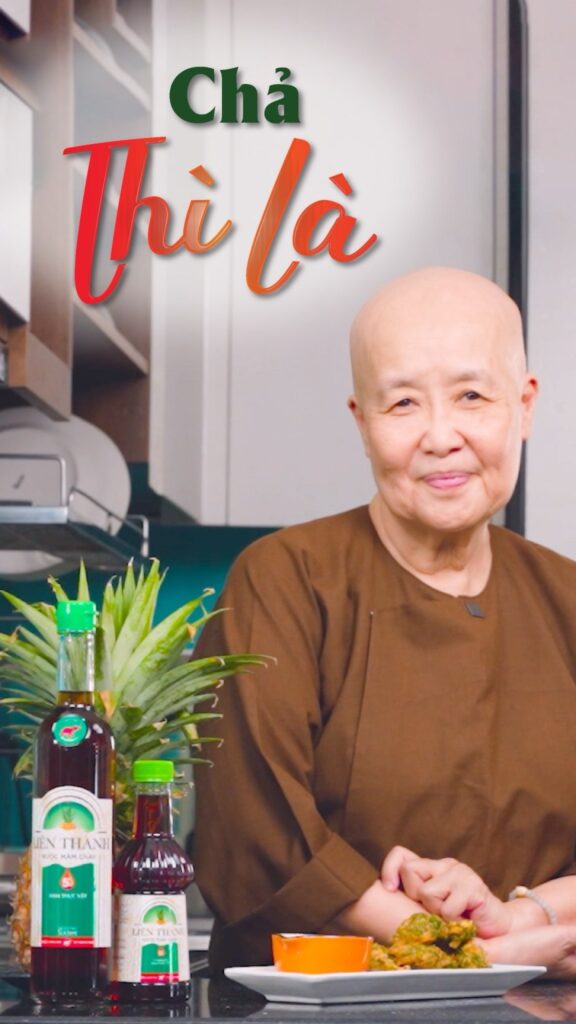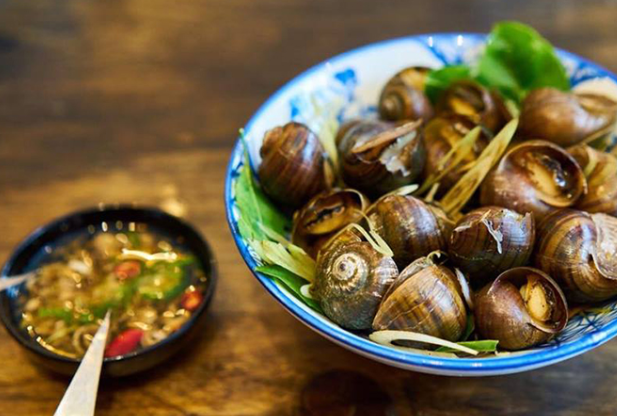TÍN (TRUSTWORTHY) – BUSINESS STYLE
TÍN (TRUSTWORTHY) – BUSINESS STYLE
Humanity, morality, courtesy, wisdom, and trustworthiness are human qualities. Corporate culture, including entrepreneurial style, is still a valid lesson for prosperous business.
Over thirty years ago, after the South was liberated, I had my first experience and profound memory of what “business style” meant. In early 1976, my family received an envelope sent from Saigon. The sender was “Lien Thanh Fish Sauce Company” and the recipient was the name of my grandfather, who passed away more than 30 years ago. The letter’s purpose was to invite my grandfather as a shareholder to attend the General Assembly meeting. The meeting was planned “on the occasion of the complete liberation of the South, to announce the change of business direction and to pay and settle the rights of shareholders.”
Be grateful
My grandfather was originally from Ben Tre, around 1917 he settled in Hanoi. My grandmother from Hanoi opened a small shop in the middle of the Old Quarter. My grandfather’s main job was to establish the “Cochinchina Mutual Aid Association” to assist Cochinchinese people who go to do business or serve as civil servants in the North.
I don’t know if my grandfather participated in the Duy Tan movement at the beginning of the century or not, but in the house hung a certificate of being a shareholder of “Lien Thanh Fish Sauce Company” was originally a business establishment of the Duy Tan family in Cochinchina, initially in Phan Thiet, then moved to Saigon.
Explaining this letter, my mother said that in the past, profits from stocks were still sent by the Company, but since the US bombed during World War II, contact was lost. Then my grandfather died, then my father also died during the days of resistance in Hanoi, then so many upheavals in the country and changes in the family made no one remember the fish sauce company whose logo was a red elephant… My mother searched in the closet and finally found a shareholder certificate and a few dozen coupons that had been discolored with time. After the years of war and before that “capitalist industrial and commercial reform“, my family’s life was no longer as prosperous as before. My mother calculated the par value of each share is calculated from “before 1945” Converting it into rice or gold must be this much, multiplying it by a few dozen shares must be this much, then multiplying it by so many years it must be a big sum of money if you count the profit too…
Luckily, not long after, I was sent by the agency to Ho Chi Minh City to work. So I brought the letter and all the documents of the shareholder and heir to “Lien Thanh Fish Sauce Company” on Van Don Street. During my travels, whether it be on cramped and unclean train carriages or shabby buses, I found myself constantly thinking about the money I was about to receive from selling my stocks. The thought of being able to purchase things with that money lingered in my mind. I constantly imagined how I would rearrange my furniture with my newfound wealth.
Finally, I arrived in front of a building with early 20th-century architecture that displayed the name of the company in both Chinese characters and letters and featured a red elephant logo. The building isn’t very big, and there’s a faint smell of the ‘national spirit‘ in the air.
Etiquette
I stepped inside and my first impression was of girls wearing colorful ao dai. At Hanoi at that time, ao dai was still very rare. Due to the scarcity of fabric during war and evacuation, sewing ao dai and men’s suits became a luxury. Women only wore ao dai at weddings or major festivals. In the past, offices and companies in the North were mostly state-owned and the dress code was quite formal. Officials and employees usually wore dark pants along with shirts or jackets made of thicker fabric. Brightly colored clothing…
A girl in an ao dai saw me enter, so she walked over, clasped her hands lightly in front of her chest, leaned in, and asked: “Yes, sir, is there anything you’re here for?” The voice was still a bit hard to hear, but the mannerisms stunned me. I was accustomed to hearing curt sentences like arguments at work or from “traders” in the North.
I explained that I received the invitation but couldn’t attend the shareholders’ meeting in time, and wanted to know “how the situation was“. During the subsidy period, I had developed a habit of feeling embarrassed about discussing money. As a result, I refrained from taking out the stock folder that I kept in my briefcase.
“Sir, please have a seat and wait momentarily. Someone will be with you shortly.” After a short while, an elderly man approached me and greeted me as if we had met before. He called my grandfather by name and shared some information about our family from 40 years ago, including my grandfather’s stock series. He also expressed his condolences to me as a descendant of a deceased shareholder, with whom he had only recently reconnected.

I was moved to see that in this business, people treat shareholders and customers with kindness and consideration. It was touching that he mentioned the need to pay for shareholders’ rights without me bringing it up. He received the stock certificates and the diploma from me with a solemnity like holding a company artifact and invited me to sit and wait to calculate…
While waiting, the staff appeared again with a pot of hot tea and a small plate of coconut candy for me to eat while no one was talking. But my mind was focused on the clacking sound of a hand-cranked calculator coming from the next room with a small “accounting” sign. Time passed slowly.
Then the man walked out with a stack of papers in his hand and another envelope. He sat down next to me with an open face, put the papers on the table and spoke slowly. During our conversation, he discussed the history of the company, which originated from a patriotic movement. He shared insights about the founders and the company’s financial contributions to the Duy Tan movement. He also mentioned that Uncle Ho once taught at Duc Thanh School, which was the foundation of the Duy Tan company in Phan Thiet. Later, he spoke about my grandfather and revealed several things I had never known before. Finally, he updated me on the company’s current business situation since losing contact with my family.
Transparency
Throughout history, various conflicts and political changes have affected the payment methods and currencies used in Indochina. These changes included the adoption of Chinese “Quan Kim” coins, Chinese Democratic Republic money, Mr. Bao Dai’s banknotes, Saigon money, and finally the Front money exchanged for our State Bank money. Finally, the thing I was most interested in was clearly presented by him. According to the charter and its amendments, the number of shares with a specific par value was calculated in a certain way. After each currency change, the calculation method remained the same. Moreover, the current government policy dictated that this calculation method should be followed. To promote public-private business cooperation at the grassroots level, policies have been issued accordingly. Finally, based on these calculations, the amount of money that needed to be returned to the family was determined.
All “that” was packed into an envelope. I opened the letter and discovered that it was a message thanking the family for their dedication to the company. The letter also expressed condolences for the passing of a shareholder and touched upon the government’s policy towards private enterprises, which had led to the company’s liquidation. The letter also stated that all benefits would be paid out and shared management of the remaining shares. How to calculate the amount according to the face value of each conversion and finally the payment amount was printed in bold both in numbers and in words. Finally, there were friendly wishes, signatures, and seals.
Looking at the final figure, I was slightly startled. Those feelings passed quickly. What remained was a refreshing feeling after unburdening my heart. I said goodbye happily and forever remembered the beautiful day I came into contact with a joint-stock enterprise after only knowing state enterprises for a while. When I left, the company also sent me off with a can of fish sauce with a red elephant logo…
As for the money paid by the company, I could only buy a Japanese black-and-white TV, a fan and some tulle curtains. The amount of money was not as much as I had initially imagined. However, the way they conducted their business and their behavior made me feel completely confident and comfortable. Their transparency, friendly demeanor, and polite atmosphere made me feel at ease. And not only me, my mother and other family members felt that way when they heard the story.
Recently, in 2006, I returned to “Lien Thanh Fish Sauce Company” to discuss the 100th anniversary. Still the old building, still the red elephant logo, but now it has been converted into a joint stock company like… before. The new leaders still eagerly welcomed me like family and this time gave me a copy of the old books of Lien Thanh Company at the beginning of the century, with the words stating my grandfather’s name in the list of shareholders of the founding period. The things I just mentioned, which we now call style, are a feature of the corporate culture.






